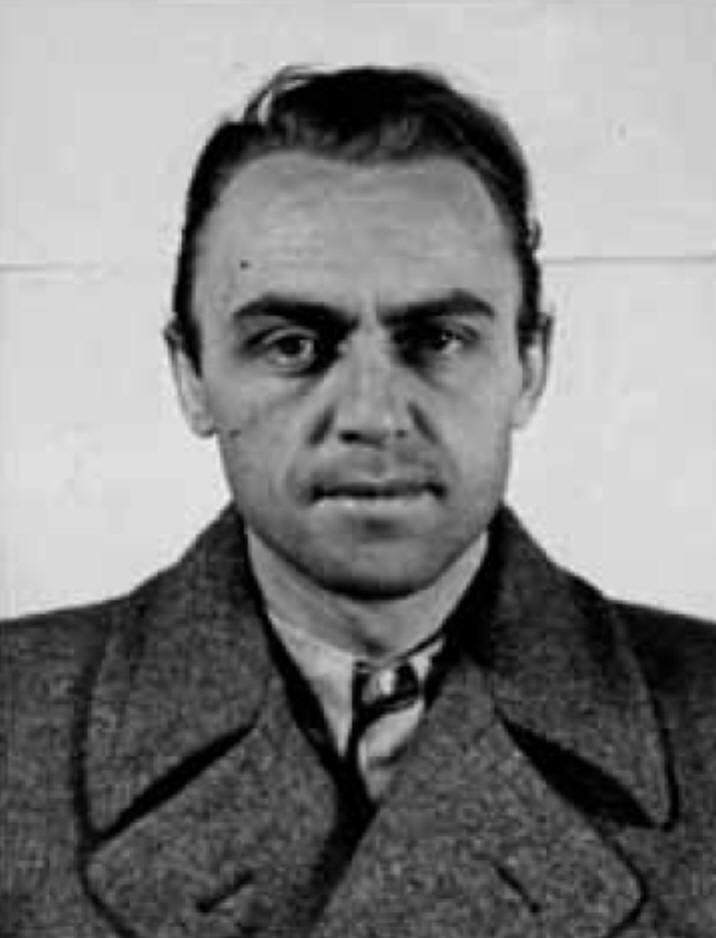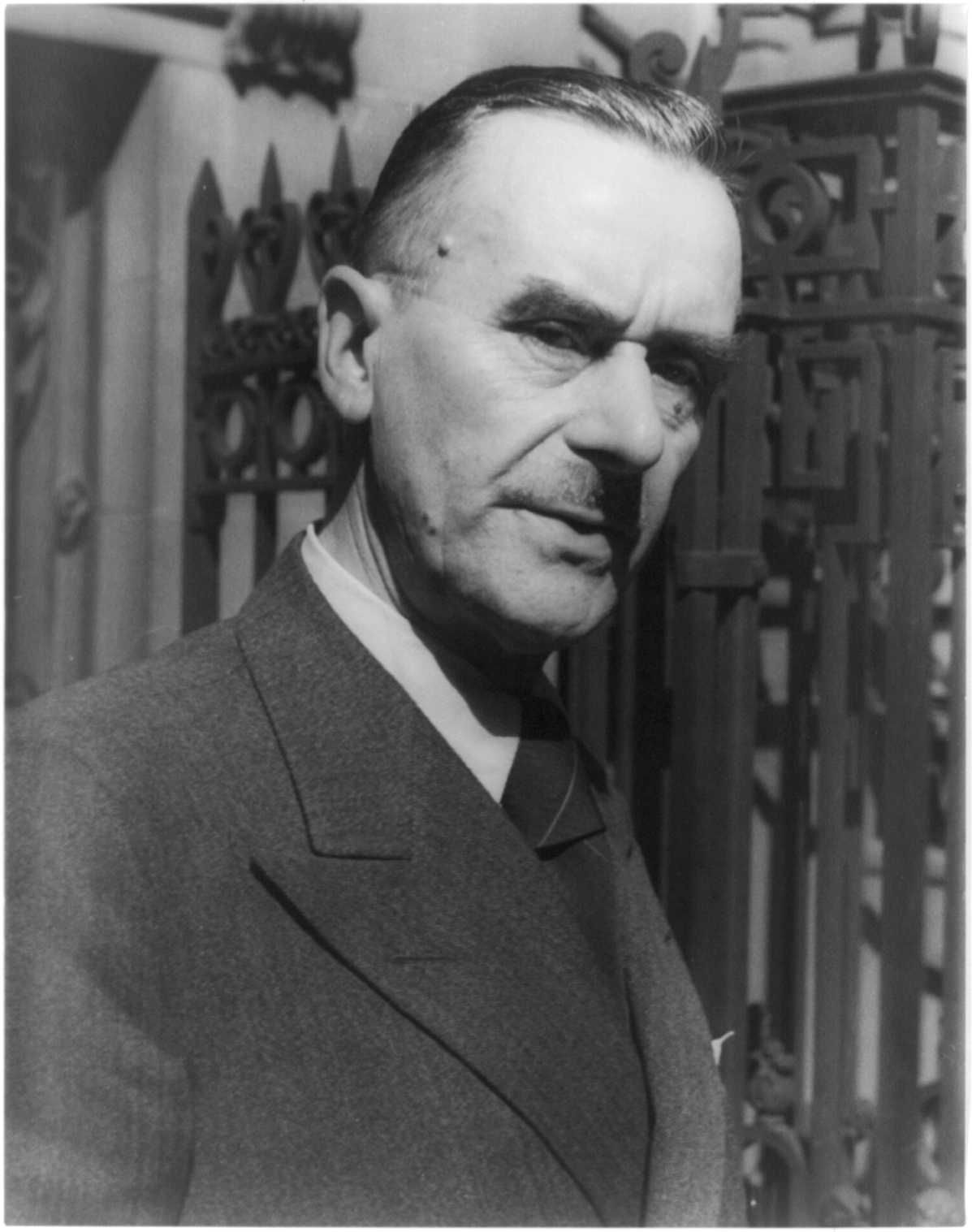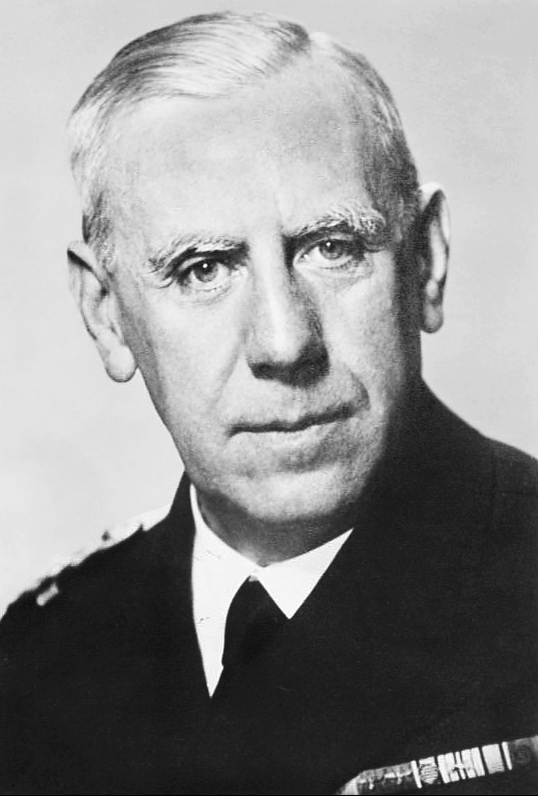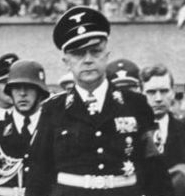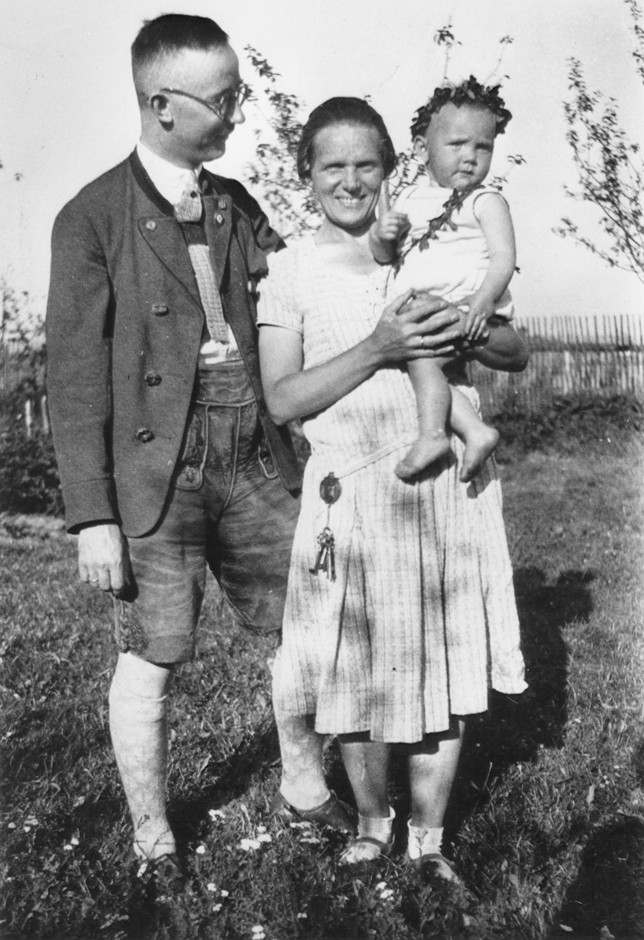Moving Forward
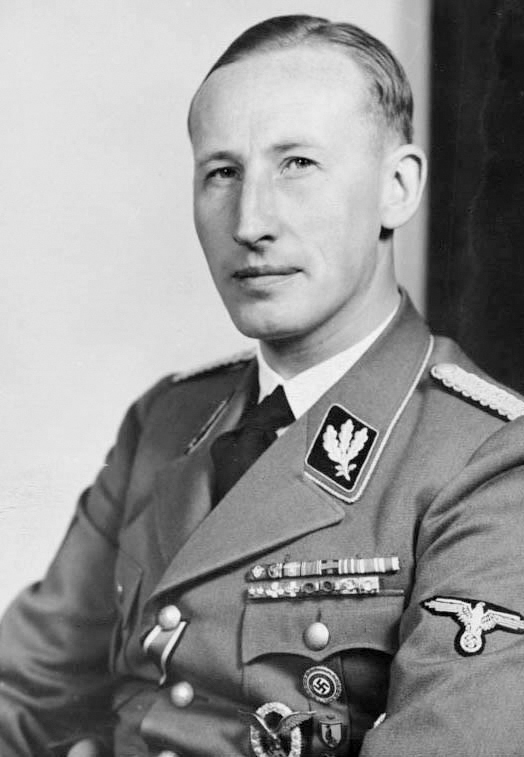 In August
1936 the Heydrich’s moved to Schlactensee next door to Admiral and Frau
Canaris. The two couples met frequently and Heydrich, a talented amateur violin
player, joined the Canaris’ string quartet.
In August
1936 the Heydrich’s moved to Schlactensee next door to Admiral and Frau
Canaris. The two couples met frequently and Heydrich, a talented amateur violin
player, joined the Canaris’ string quartet.
Heydrich was
a keen fencer and fenced once for Germany; in view of his subordinate’s ability
at the sport Himmler ordered the creation of an SS fencing tournament at the
end of 1936. Heydrich also rode most mornings, often with Admiral Canaris or
one of his staff Walter Schellenberg.
Heydrich was
a womaniser and his frequent absences provoked Lina to complain as Heydrich
moaned to his colleague and rival Karl Wolff[i]. Heydrich would take his staff with
him on drunken nights out, trawling the nightclubs and bars of whatever town he
found himself in, searching for a woman to bed.
‘He was shamelessly brutal
and cynical in his attitude towards women. They sensed it and shunned him. That
was why such a good-looking man, who should have been attractive to most women,
had little success with them.’[ii]
The couple’s
third child Silke was born on 9th April 1939. This was not
sufficient to keep Heydrich from straying.
In July 1939
Heydrich had ordered his subordinates to set up a brothel ‘honey trap’. The
owner of Salon Kitty was blackmailed into letting the SD use her establishment
to spy on diplomats and senior Nazis using the establishment. Heydrich was
known to use the facilities, ordering that the listening equipment be turned
off as he did so.

Werner Best
In December
1936 Canaris and Werner Best[iii] signed what was known as the Ten
Commandments; an agreement laying down the spheres of work for Abwehr and the
SD, which was to pass onto the Abwehr any military information collected. The
rivalry between the two organisations was to continue long after Heydrich’s
death, ceasing only when the Abwehr was absorbed into the SS empire in early 1944.
Ironically
liaison between Heydrich and Canaris was reducing at this time. Heydrich was
determined on a sting on the Russians. Heydrich hoped to prove to Stalin that many of the Red Army’s top brass were
intriguing against him and asked Abwehr for a sample of Marshal Tukachevsky’s signature.
Canaris refused and the information was obtained illegally by SD agents
breaking into Abwehr and Wehrmacht offices.
Throughout
the spring of 1937 the sting was prepared and the trap was sprung in May. It
was hoped that the resultant turmoil, which resulted in the Marshal’s death,
would destabilise the senior ranks of the Red Army for many years. Stalin seems
to have had a double agent working for him and the SD and he used the sting to
clear out a lot of potential threats to his rule. The effect of the
destabilisation was not as catastrophic as the Nazis had hoped for, although as
many as half the officer corps of the Red Army were purged as a result. Himmler
himself in a speech at Posen, nearly 18 months after Heydrich’s death, to the
senior SS officers speaking of the purge said
‘We……were convinced that the
Bolshevik system and Stalin had committed their biggest mistake. But in our
judgement of the situation we have completely bamboozled ourselves. I believe
now that Russia would not have been able to hold out for two years of war if
they had kept the Tsarist generals around Tukachevsky.’[iv]
Marshall Tukachevsky
On 27th
September 1939 the Reichsicherhauptamt[v] (RSHA) was set up. The RSHA was a
merging of SD and the Security police, further infiltration of Germany’s police
by the SS under Heydrich’s control.
Reichskristallnacht
The SS under
order from Himmler, arresting and deporting Polish Jews, acted as a catalyst
for the happenings of the night of 9-10th November 1938. The son of
one of those stranded on the German-Polish border, named Herschel Grynzpan attempted to assassinate one of the attachés at the
German embassy in Paris[vi].
The Nazis
took this as an excuse to order an orchestrated rampage directed against the
unfortunate Jews in Germany and Austria; an attack orchestrated by Josef
Goebbels attempting to regain influence with Hitler after an affair with a
Czech film actress. Always the hypocrite Goebbels commented
'Here & there window
panes had been smashed, synagogues had set themselves alight or burst into
flames some other way.'[vii]
A Berlin Synagogue after Reichskristallnacht
Heydrich
ordered the police & SS not to get in the way of the destruction of Jewish
property or prevent acts of violence against Jews. Looting was not allowed and
foreign nationals (including Jews) were not to be touched; any SS taking part were
to do so in civilian clothes. The SS wished to remain in the background during
this event, apart from ensuring that arrested Jews were incarcerated in Dachau.
Heydrich was
more fully involved in the hearings two days later, chaired by Goering,
reviewing the events of the previous days. The meeting convened to discuss
compensation by the Jews for the damages inflicted on their property throughout
Germany. At that meeting Heydrich was pleased to inform the delegates of the
efforts the SS had made to oppress Jews within the Reich.
‘In spite of the elimination of
the Jew from the economic life, the main problem, namely to kick the Jew out of
Germany, remains. May I make a few proposals to that effect? Following a suggestion by the
Commissioner of the Reich, we have set up a centre for the Emigration of Jews
in Vienna, and that way we have eliminated 50,000 Jews from Austria while from
the Reich only 19,000 Jews were eliminated during the same period of time; we
were so successful because of the cooperation on the part of the competent
Ministry for Economic Affairs and of the foreign charitable organizations.’[viii]
Heydrich’s
proposal that the Jews be made to wear identification was turned down, to be reinstated
a year later during the round-up of Jews into ghettos in Poland. This was then expanded
to all Jews under German control on 1st September 1941.
Foreign Affairs
Artur Nebe
In 1937,
disgusted by the Nazis, Admiral Canaris started contacting those in opposition
to the regime, a move that was to lead to his death in 1945. One of Heydrich’s
men Artur Nebe, a senior police officer and now an SS officer, was a conduit of information to
Abwehr about Himmler and Heydrich. In 1938 Canaris was involved with his
co-conspirators in abortive attempts to alert western governments to the
dangers posed by Nazi Germany. They were just ignored, despite the Anschluss in Austria in March
and the Czechoslovakia question, allegedly definitively sorted at Munich on 28th
September.
Himmler,
Heydrich and the SS were fully involved in helping to manufacture both crises.
And as in so many other political interventions the Abwehr and the SD were
working in competition with each other. The wilful blindness of the politicians
to Hitler’s desire for German aggrandisement was a major contributory factor to
WW2 and in both cases Heydrich’s men were active.
Alfred Naujocks
The putative
reason for the German invasion of Poland was Polish alleged incursions into
Germany. Heydrich and his team created a cover story for the invasion on 1st
September; creating out a scenario at Gleiwitz that allowed Hitler to order the Wehrmacht’s blitzkrieg of Poland.
The operation was led by one of Heydrich's most trusted troublemakers Alfred Naujocks.
The Polish
invasion was the first real action that the Waffen SS[ix] was involved in. And by the end of
September units of Police Battalions were involved in the fighting too. The
Waffen SS was Himmler’s attempts to become the soldier and commander he had
signally failed to be during the Great War. This fighting force was his pet
project nurtured for many years and now taking its place on the battlefields of
Europe.
Heydrich, a
trained pilot, flew a number of sorties in the Polish campaigning with the
Luftwaffe. He maintained contact with Himmler, returning to Himmler’s train[x] in between times to direct
the RSHA. In late September he stage managed the security aspects of Hitler’s
visit to Warsaw from the train.
Heydrich
also flew several sorties during the invasion of Russia, until he crashed his
plane behind enemy lines. Hitler and Himmler then forbad him to fly in combat
again, apparently finally realising the dangers inherent in having the chief of
Germany’s security apparatus captured by the enemy.
Heydrich and the Holocaust
It was
during the Polish invasion that the anti-Semitism, long fostered in Germany,
began to show its horrendous side[xi] to a world that continued
to watch from the sidelines. Lina Heydrich always claimed that she knew nothing
of her husband’s role in the Holocaust. The Gestapo under his control was a
major player in the Nazi oppression of the Jews, who were sidelined with
growing ferocity from 1933 onwards.
Heinrich Muller
Heydrich was
tasked by Goering on 24th January 1939 to deal with Jewish question
through emigration & evacuation. Heydrich arranged the setting up an office
Reich Central Office for Jewish Emigration; Heinrich ‘Gestapo’ Muller[xii] was put in charge. The day to day
running of the office was given to a man whose name would be synonymous with
the Holocaust; Adolf
Eichmann.
It was not
until 31st July 1941, several weeks after the invasion of the Soviet
Union, that Heydrich was tasked with the ‘Final Solution’ or Endlosung. In contrast the camp at Auschwitz was already being planned in
February 1940. The machinery of oppression, started in February 1933 had been
leading up to this order, albeit subconsciously.
This order
of Goering’s is the point where oppression and annihilation become official
state policy. The killings of Jews and gypsies and Homosexuals and other
untermenschen[xiii]
had been continuing for years. Now there was to be a dramatic hithertofore
unimaginable increase in the deaths.
Throughout
his time in the SS control of the concentration camps and then the death camps
was deliberately kept out of Heydrich’s control by Himmler, who followed his
master’s poicy of divide and rule amongst his subordinates. When Theodor Eicke was moved from running this portion of the SS empire it was
handed to the control of Oswald Pohl; a rabid supporter of Himmler’s. Pohl was perfectly capable
of seeing off Heydrich’s attempts to take over the concentration camps.
The invasion
of Poland had seen organised killings of Jews and Poles. The killing squads’
officers had been informed on 21st September were informed by
Heydrich that their role was to free the occupied territories of these
undesirable:
'The Commissar for
Settlement in the East will be the Reichsfuhrer SS. The deportation of the Jews
to the alien province, extrusion beyond the demarcation line, was approved by
the Fuhrer.'[xiv]
but it was
not until the invasion of Russia that the killings became streamlined. Groups
of Einzsatzgruppen, under Heydrich’s overall and close control,
were sent in immediately behind the Wehrmacht units and swept up the
untermenschen, killing them or sending them to camps where they were treated
inhumanely before being killed.
Bibliography
Jews for
Sale? – Yehuda Bauer, 1994 Yale University
Heydrich –
Mario R Dederichs, Greenhill Books 2006
Heydrich –
Gunther Deschner, Orbis Publishing 1981
The Third
Reich in Power – Richard J Evans, Penguin Books 2006
The Life and
Times of Reinhard Heydrich – GS Graber, Robert Hale 1981
Nazi
Aggression & Violence - International Military Trials Nuremberg, United
States Government Printing Office 1946
Heinrich
Himmler – Peter Longerich, Oxford University Press 2012
The Killing
of Reinhard Heydrich – Callum MacDonald, Da Capo Press 1998
Heydrich –
Charles Wighton, Chilton Company 1962
Reinhard
Heydrich Volume 1 & 2 – Max Williams. Ulric Publishing 2001 & 2003
www.wikipedia.en[i] Himmler’s chief adjutant and then head of the Personalstab RFSS
[ii]
Heydrich - Dederichs
[iii]
One of Heydrich’s subordinates, Best was Deputy head of the SD
[iv]
Heydrich - Dederichs
[v]
Reich Security Head Office
[vi]
Grynzpan may very well have had a homosexual relationship with vom Rath.
[vii]
The Third Reich in Power - Evans
[viii]
Volume 4 Nazi Aggression & Violence - International Military Trials
Nuremberg
[ix]
Formerly known as Verfugungstruppe
[x]
Usually stationed within a few miles of Hitler’s train
[xi]
The process of eliminating Jews from the Reich gradually increased in tempo and
visibility.
[xii]
Head of the Gestapo
[xiii]
Sub-humans
[xiv]
Jews for Sale - Bauer



